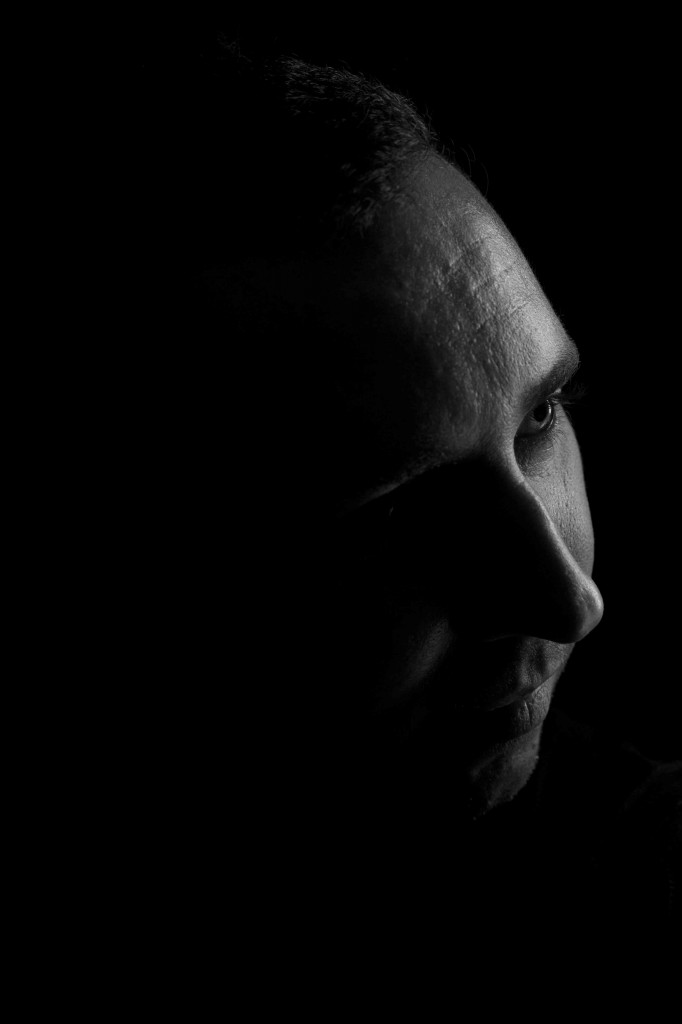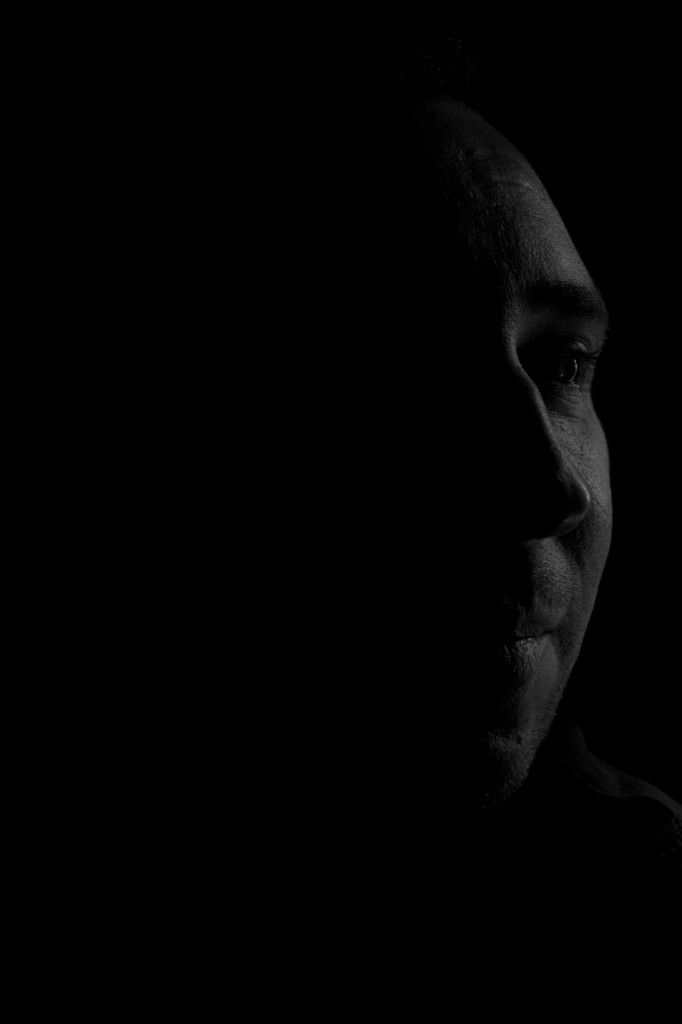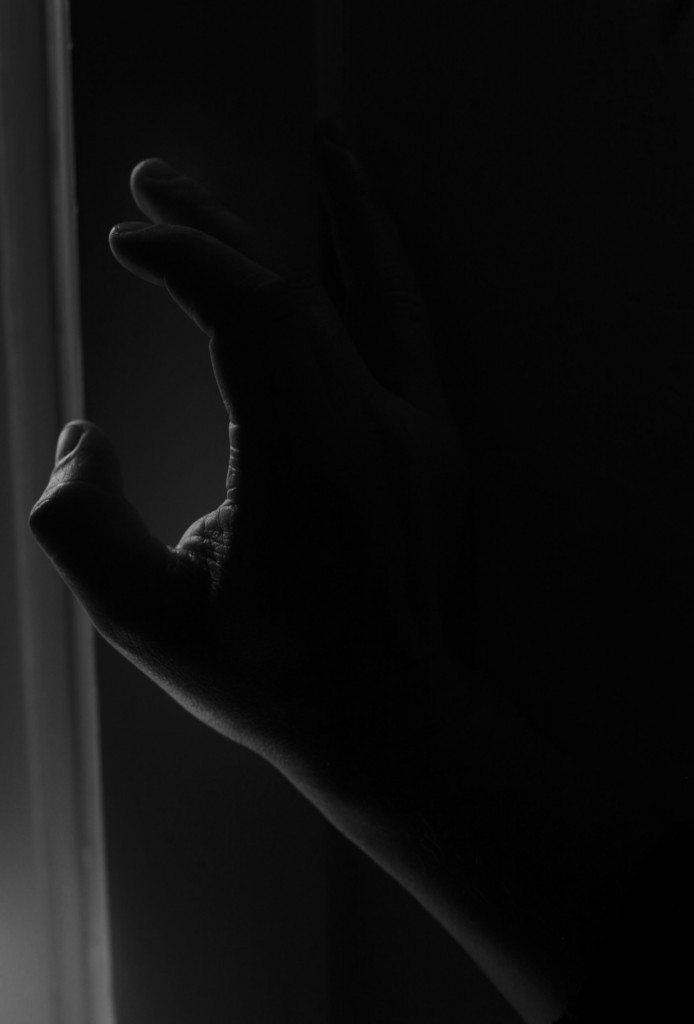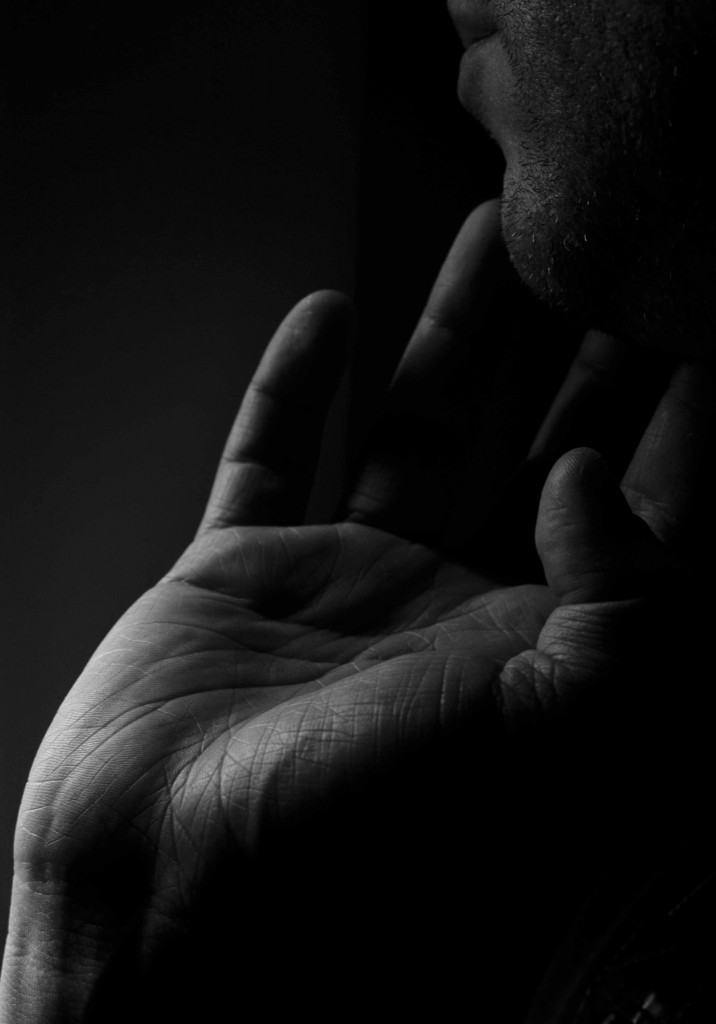Fantastisch Fotograferen: Clair-Obscur
De laatste les van 2012 werd gevuld, geleid en geïnspireerd door Elza Jo van Reenen, een fotografe die fotografie ‘mixt’ met andere technieken en materialen waardoor haar foto’s (of collages) een heel andere dimensie krijgen en nog mooier en interessanter worden. Een mooie persoon en persoonlijkheid waarvan we weer veel hebben geleerd (en nog gaan leren). Ik heb erg genoten van deze les, daarom deel ik mijn ervaringen weer graag met jullie.
Terug dus naar het onderwerp… de les ging over ‘morphology’ ofwel de leer van structuur en vorm en hoe die toe te passen in je foto’s. Denk hierbij aan bijvoorbeeld organische vormen en structuren, zoals dieren, planten of gebergte en zand, gras en ijs. En we hoorden dat je door herhaling, door afstand te nemen of juist er bovenop te zitten structuur kan maken of suggereren.

Henri Cartier-Bresson
Maar denk ook aan het feit dat wij als mensen onbewust gestuurd worden (en je daar als fotograaf gebruik van kan maken) door de zogenaamde ‘pictorial climax’: het punt waar je bij een beeld begint te kijken en steeds weer terug keert – of juist eruit getrokken wordt.

Henri Cartier-Bresson
En dat daar een hiërarchie in bestaat van tekst, ogen, mens, dier, plant, kleur, scherpte enzovoorts. Dat je door plaatsing van objecten (of personen) in een cirkelvorm sowieso steeds rond gaat in een foto. Dat je met transparantie of juist reflectie een andere atmosfeer en geheel ander beeld kan creëren, dat je tegenlicht kan gebruiken waardoor het onderwerp er weer heel anders uit ziet. Dat er in foto’s vaak lijnen te zien zijn en je deze kan gebruiken om de aandacht op iets te vestigen of een atmosfeer te versterken.

Henri Cartier-Bresson
En dat de meest voor de hand liggende lijn de horizon is, en dat je met (onzichtbare) lijnen perspectief (verdwijnpunt) binnen of buiten je foto kan plaatsen (of meerdere in één foto).

Henri Cartier-Bresson
Dat rechthoekig niet hetzelfde effect heeft als vierkant, hoewel de laatste een vroeger veel gebruikte vorm van een foto was, maar we het nu ontwent zijn door de toepassing van 24x36mm film.

Dat je je van je ‘crop’ mogelijkheden vooraf bewust moet zijn bij het nemen van je foto omdat je anders informatie zal missen. Hierboven zie je bijvoorbeeld het verschil tussen mijn originele foto en de bewuste crop nadien (rechts). Dat je schaduwen kan toepassen en licht gebruiken om spanning op te bouwen in je beeld. Dat… en zo veel meer.
Met het laatste, licht en schaduw, zijn we aan de slag gegaan door foto’s te maken die in de categorie ‘clair-obscur’ vallen. Clair-obscur is het toepassen van (volgens Wikipedia) licht-donkercontrasten in sterkere mate dan de realiteit. De techniek bestaat al lange tijd in de schilderkunst en is bijvoorbeeld door Rembrandt veel toegepast: hij gaf zijn onderwerp op de voorgrond veel licht en hield de achtergrond juist donker om zo alle aandacht van de kijker vast te houden op het voor hem meest belangrijke punt. Ik vond het verhelderend om na veel met wit- en zwartpunten in je histogram bezig te zijn geweest, te beseffen dat je bewust dingen donker kan (en mag) houden en je zelfs onderdelen visueel weglaat. Hier zijn vier beelden die ik heb gemaakt – met dank aan Petru en zijn geduld. Laat me vooral weten wat je ervan vindt, ik ben benieuwd!
The last class of 2012 was about morphology, Elza Jo van Reenen (a wonderful photographer) taught us about morphology, the study of shape and structure and how to use it in our photo’s, but also to be aware of how it influences the final image and the spectator of the image. She spoke of organic and geometrical shapes, structures because of repetition, distance or close-up. She explained about lines, and the most commonly used one: the horizon. How lines influence perspective and create a vanishing point within, or outside of the picture – or that you can even have multiple vanishing point in one image. She showed how reflection and transparency influence an image and its atmosphere and that you can tell a different story by applying one, or all of those items. She explained that by staging objects in a circular form within one and the same image, you can keep the ‘beholder’s eye’ concentrated, or that you can make the spectator reach outside the picture… We heard about how we are now used to rectangular shapes, and that a square crop influences the picture tremendously. And if you want to make such a square picture, that you need to ensure you think about it when making the photo which is in a rectangle 24x36mm shape (see the example above). She told us about the hierarchy in what the spectator looks at first, differently put: the pictorial climax, and that it’s text first, then human shape, then animal (and don’t forget about the eyes), plants, colour, but also size, light and dark, etc.
Speaking of light and dark, she explained about shadows and the technique of clair-obscur and asked us to make pictures using this technique. Clair-obscur is a technique using strong light and dark contrasts which is commonly used in painting, Rembrandt for example used it often in his paintings: making his subject lighter in the forefront, and making the background very dark… darker than it would realistically be. I found it liberating to be photographing again without the black and white points in your histogram, realizing that you can consciously choose to make an ‘underexposed’ picture with lots of blacks and almost no midtones. I hope you like the results shown – let me know what you think of it! I will definitely explore more of this technique, as I like it so much… Soon, there’ll be more to come!
The photo’s pictured above, other then those by myself, are made by Henri Cartier-Bresson a famous photographer and co-creator of Magnum Photos, a highly influential photographer’s collective. He has inspired me for years and keeps doing so today. I used his photos to illustrate some of the techniques and thoughts (albeit briefly) described above. You can learn best from the best, right? Perhaps I didn’t use the best or right ones, but still I hope that his photos will make you wonder as well: how did he catch that precise moment? And so wonderfully? AND: should you have examples of your own, illustrating the things I described – do share them with me!
Dit werd geplaatst op 7 January 2013 in de categorie fantastisch fotograferen, fotofactory, Fotografie, Licht in fotografie, Portretten.







